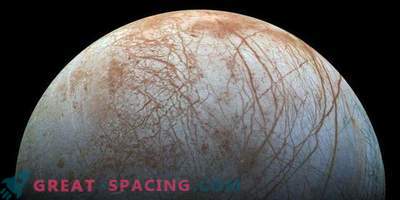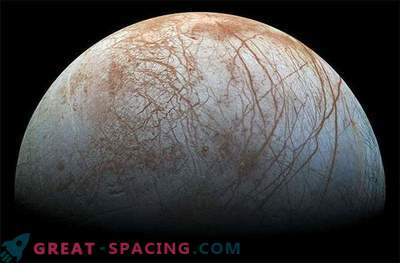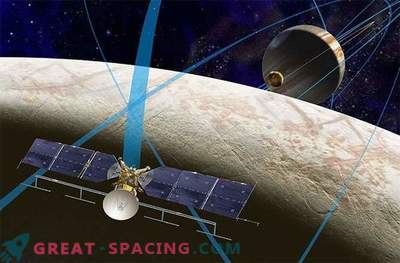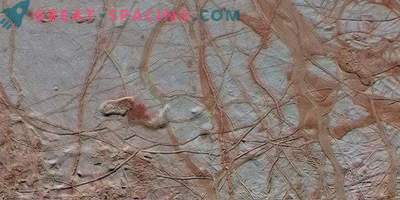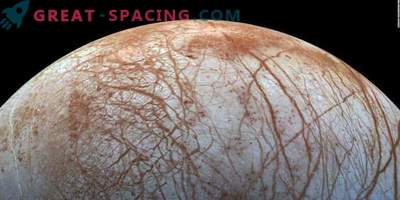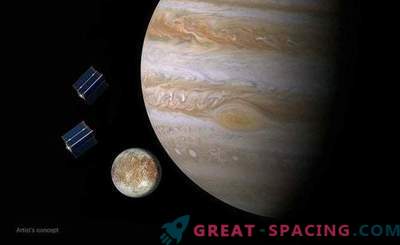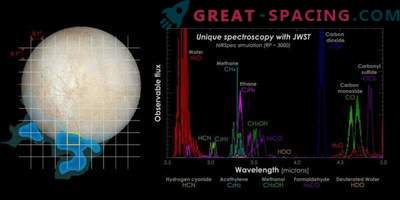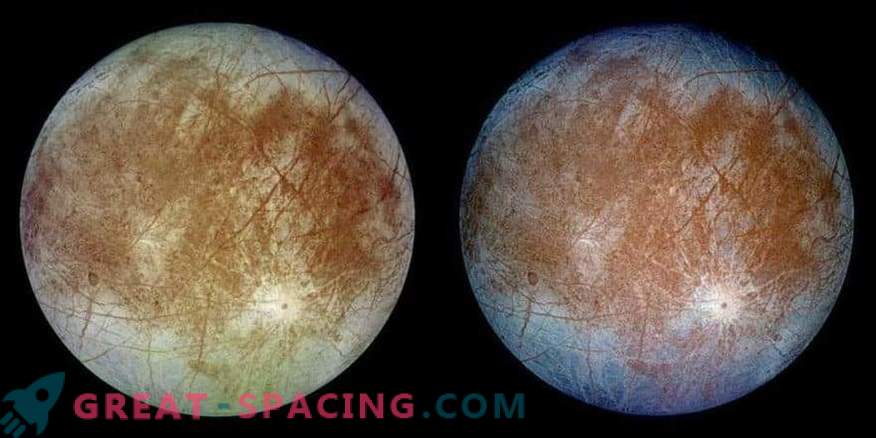
The new photo shows two types of moon Europe. On the left - an approximate natural color, and on the right - a composite image with a false color, which improves the differences in color of predominantly the ice-water crust of Europe
If you are planning to visit the moon of Jupiter in Europe, then get ready for a difficult landing. In a new study, scientists report that they have revealed signs of large, uneven ice spikes with a height of 50 feet on the surface. It is likely that these formations will become a real threat to any space mission that has decided to land on Europe.
Ice spikes can resemble terrestrial calaspores (formations on snow surfaces). In extreme frosty and dry conditions of our planet, like the situation in the Andes, the sun's rays can lead to the sublimation of parts of ice and snow, transforming them into water vapor without a stage of water. During the process, acute formations appear. Scientists have not fixed this process in Europe, but it can occur. Calgaspor evidence was noted on Pluto, suggesting that such jagged territories could occur in ice worlds, including the satellite of Jupiter.
In Europe, they can be located at a distance of 20 feet from each other, creating a dangerous trap for landing gear and spacecraft. And this is a difficult situation, because the presence of the ocean of salt water makes Europe one of the most promising candidates for the presence of extraterrestrial life. The mission of Europa Clipper should start to Jupiter in the 2020s.




